You might have heard about a recent mass book banning, Flesh and Blood's most extensive card culling in its 5 year history. From the early days of Drone of Brutality and Briar's errata, LSS has shown a willingness to course correct when a play pattern isn't achieving their goals. Most recently, they identified "cards that immediately net additional cards without costing an action point" as being outside the parameters of good gameplay, and banned the following as a result:
- Art of War
- Bonds of Ancestry
- Cash In
- Orihon of Mystic Tenets
- Tome of Aetherwind
- Tome of Divinity
- Tome of Fyendal
- Tome of Firebrand
I’m glad that they are sharing why they’re making these changes to the game & the design principles they’re aligned to. Personally, Zen being so dominant was a large part of why I’ve not enjoyed the current meta. The many tome bans are interesting, and it makes sense that they were restricting design space through these cards' existence.
But I can't help but wish they'd done more to align the 5-year meta to their stated principles. In particular, their first point: "Cultivate and preserve a unique mechanical identity for each class and talent." By and large this is happening, but while we're taking stock of long-standing pillars of the game, I have to call out two egregious examples.
Exhibit A: Tyler Horspool's 2021 Calling: Las Vegas decklist
Exhibit B: Shoma Yamamura's 2024 Pro Tour: Amsterdam decklist
What do these decklists, 3 years apart and on very different heroes, have in common?
3x Sink Below
3x Fate Foreseen
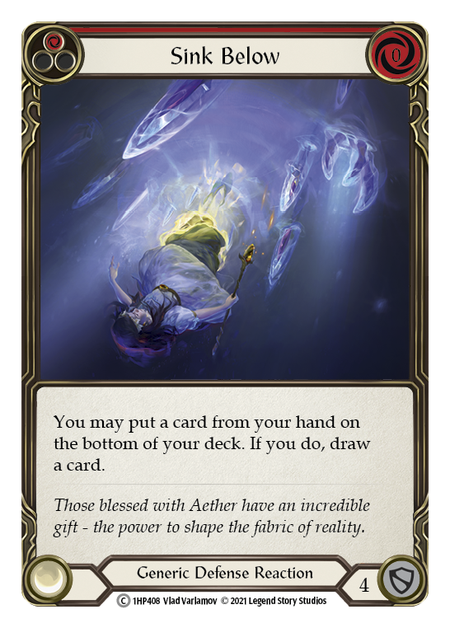
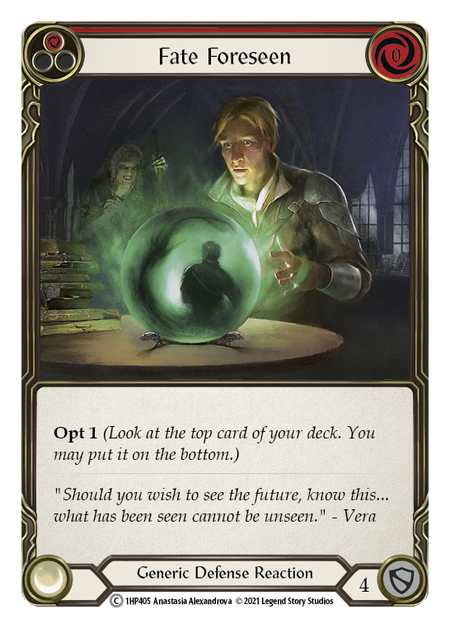
When block cards were revealed in Bright Lights, I remember the conversations I had about them. “You can’t arsenal them, they don’t work as a response to beat a well-planned attack reaction, they don’t work against dominate, and most of them don’t even have good numbers on them!”.
What I’ve started to think about more and more is that the fact that defense reactions do offer all of this - and it's a problem.
Now nobody is suggesting that Evasive Leap is too good, and I think that all of the play patterns that defense reactions enable are a fun and interesting part of the game.
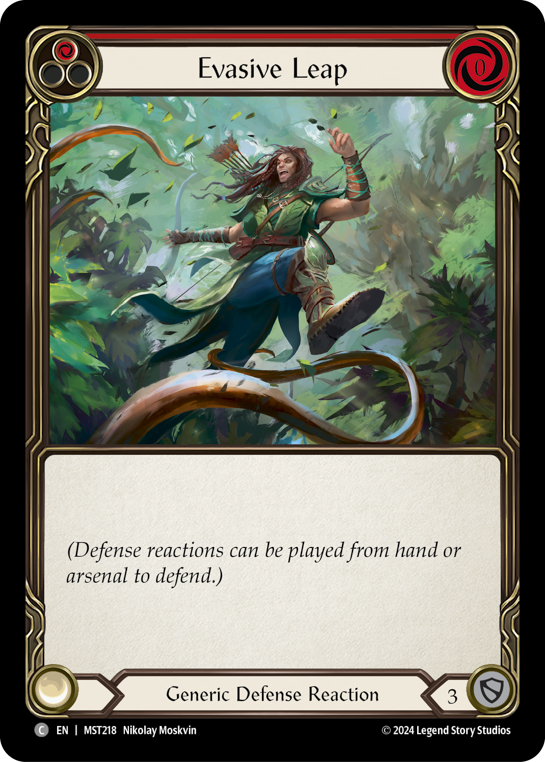
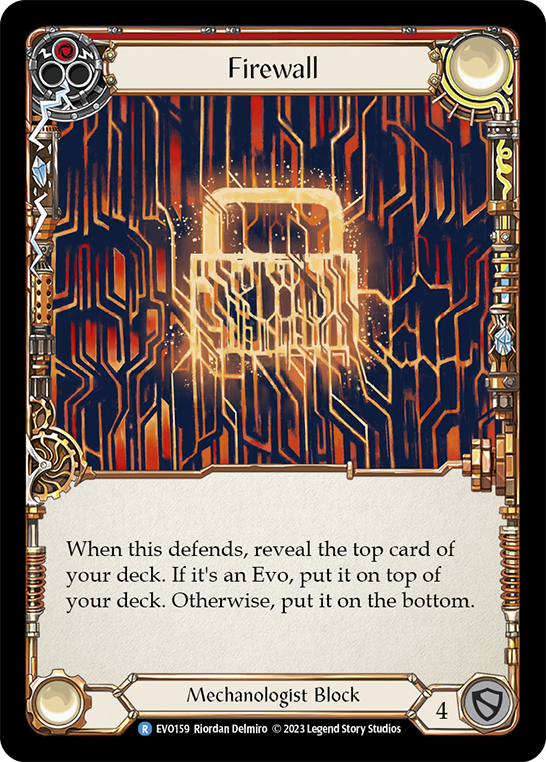
What defense reactions add is broadly interesting back and forth in gameplay, with their reactive nature triggering the classic tension of daring the wrong person to activate their card first. Personally, I think the defense reactions that play best are actually cards like Reckless Swing or Bloodrot Trap, where they are incentivizing the deck playing them to deal damage and engage with the game in a way consistent with the design principle of attempting to reduce the opponent to 0 life.

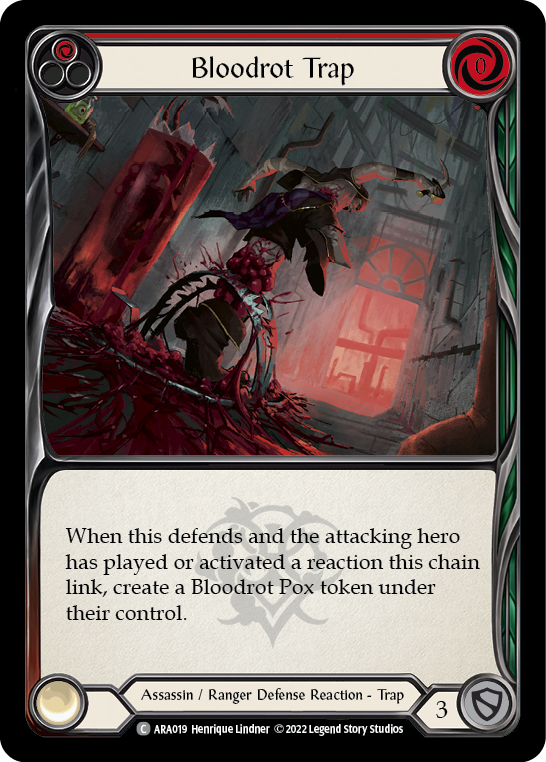
Sink Below and Fate Foreseen, however, occupy a tier of their own, and it's time other defensive options were given a chance to shine.
Making a Case Against the Defense
Sink & Fate’s inherent power level make it difficult for LSS to offer more interesting class-based options. Other than Sink & Fate, defense reactions that make an impact on the competitive scene are scarce - mostly because of how omnipresent these two already are. Soul Shield & Steelblade Shunt are both excellent cards, but it’s rare to see them without Fate & Sink already on board. Sigil of Suffering is a great card on rate, but has rarely seen play since conception as it just isn’t at the same level as the existing generic options.
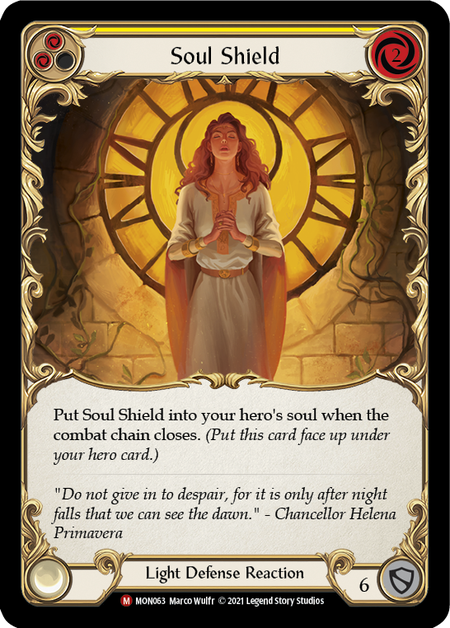
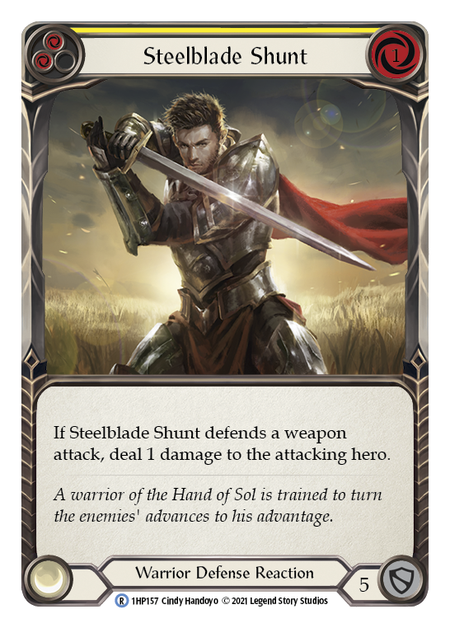
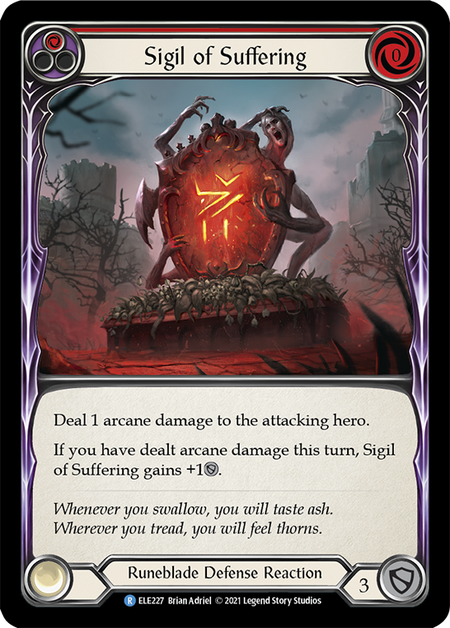
Why are they so ubiquitous? Being able to sculpt your hand to a better quality is something that doesn’t exist much in the game, and doing that while protecting your life total is part of what makes Sink great. Fate’s upside of an opt pales, but it’s still an upside that can help dig for another answer at very little opportunity cost. An Opt at the right time can still be a powerful ability, and help to set up other abilities such as Kano.
Sink & Fate enable more decks that are not looking to make meaningful decisions. LSS has said that fatigue decks should be able to exist - which is a concept I agree with. Having to consider in your gameplan how you’ll beat a Guardian deck built to block for hours is an interesting dynamic that helps to make the game more varied and broadens the scope for different angles of attack. But with the help of Fate Foreseen & Sink Below, fatigue is a possibility for a much wider array of decks than it seems were intended, from Boltyn to Dash; and so what makes these decks fun and interesting is drained away into a homogeneous blob of blocking and taking the same actions every turn, not even planning to play most of your cards.
As Sink is clearly the more powerful of the two, there’s some argument to just remove that and weaken the ability of these generic blocking decks to exist. But as Sink is used constantly across a variety of decks, it seems like that all that would happen is decks would accept the power loss and move to Fate for that sideboard slot, which leads into the third and final problem.
As a generic power outlier, Sink Below and Fate Foreseen reduce diversity. Part of the Living Legend philosophy is to allow old cards and decks to gracefully retire into the night, and to ensure a constant shift and evolution of the cards people play. In each of the premier play event Top 8s, Sink in particular has been a constant sight - even being a memorable highlight for the final portion in an exciting moment at Pro Tour: LA.
Cards like Fyendal’s Spring Tunic or Arcanite Skullcap often get targeted with similar comments that they’re too powerful as a generic card. (Sorry, was it Crown of Providence that was too good? Or is it Balance of Justice?) Making powerful generic options for equipment is an area they’ve shown that there is room to experiment with, and there’s enough variety coming through with interesting class equipment that these just aren’t as mandatory as Fate & Sink. Even the power of Command & Conquer has ebbed and flowed as Crown became a metagame force, and it has been challenged with different generic options in the same slot (Erase Face, The Weakest Link) that play differently and make the game more interesting.
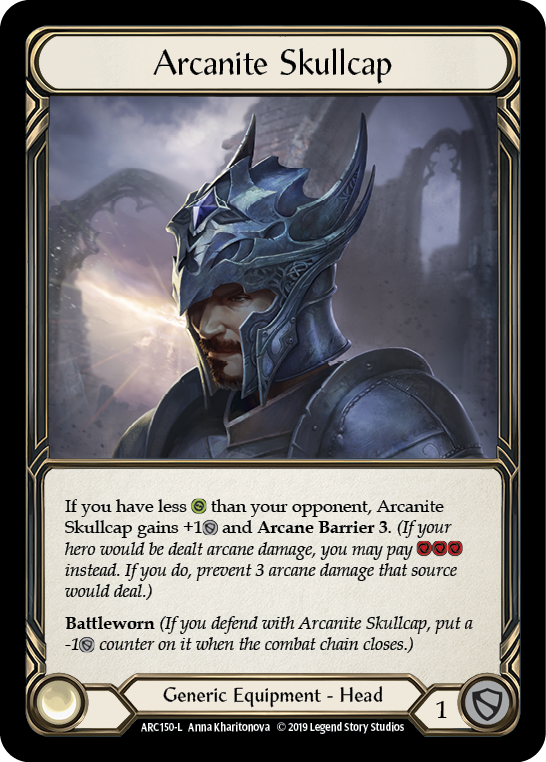
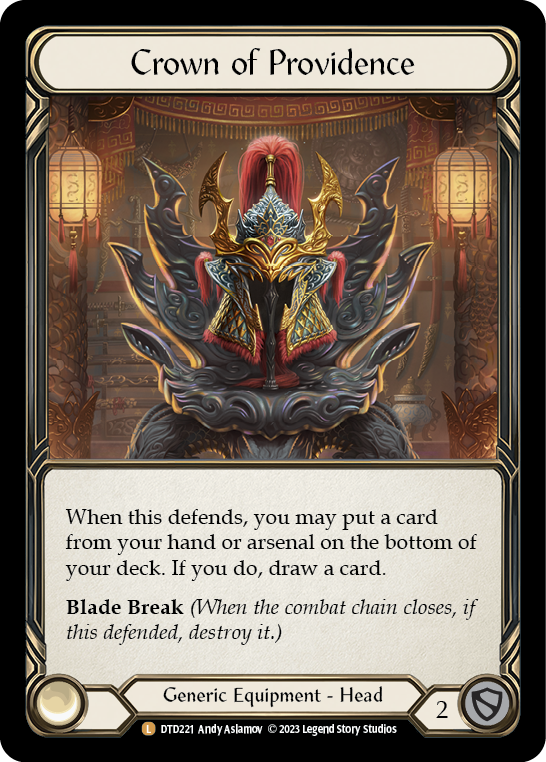

In the book ban article, one line stood out to me:
“Living Legend is the home for the most powerful heroes and cards created and is where you will be able to continue playing with these iconic cards for many years to come."
Sure, we could leave them legal. Maybe there’s even details to consider that they’re a necessary evil to ensure countermeasures against decks like Dawnblade Dorinthea - but if that's the price to pay, I'm fine with it.
If we’re looking to make these big, surprising changes that I think are a positive for the game, why not take the opportunity to go for broke?
Ban Sink Below.
Ban Fate Foreseen.





